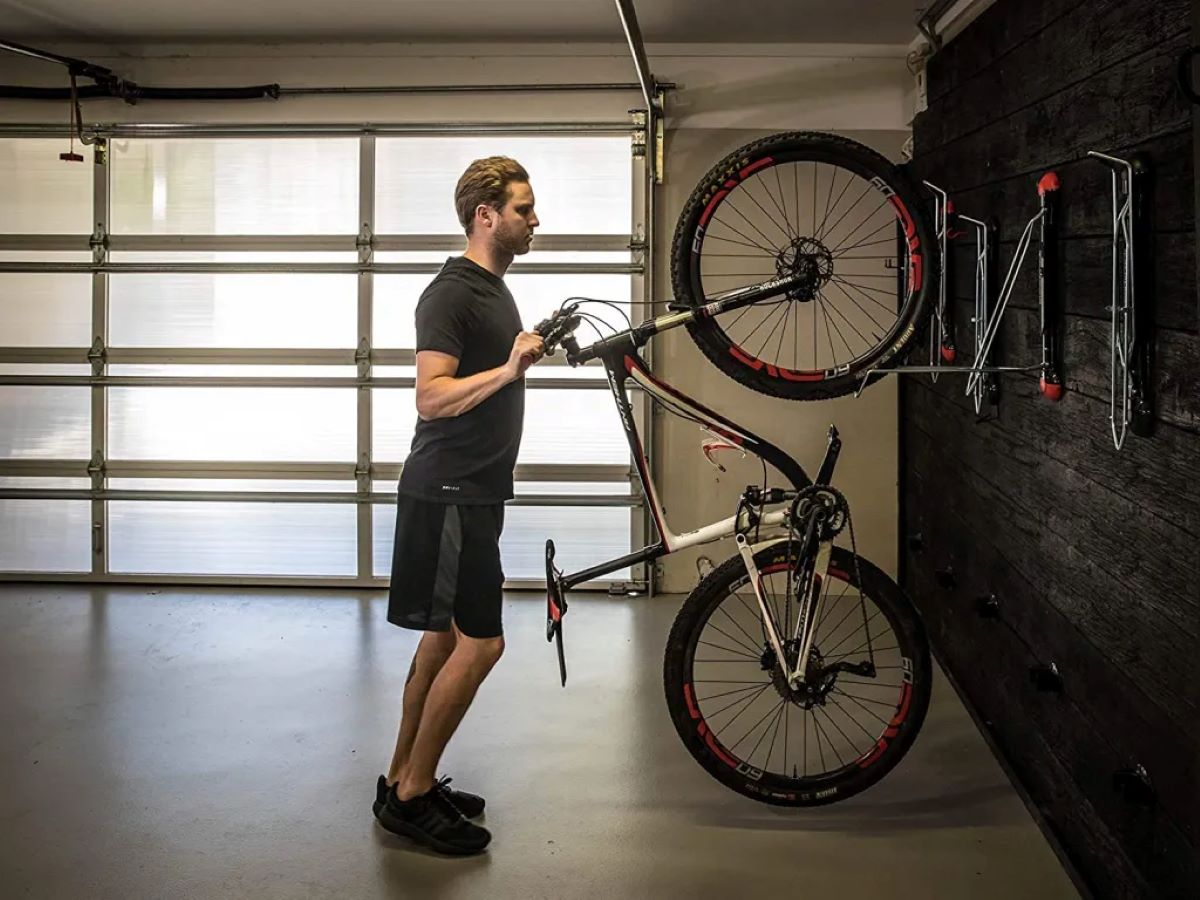

Articles
How To Store A Bike
Modified: February 27, 2024
Looking for articles on how to store a bike? Discover essential tips and tricks to properly store your bike and keep it in top condition.
(Many of the links in this article redirect to a specific reviewed product. Your purchase of these products through affiliate links helps to generate commission for Storables.com, at no extra cost. Learn more)
Introduction
Storing a bike properly is essential to keep it in good condition and extend its lifespan. Whether you’re preparing for the winter months, moving to a new house, or simply need a space-saving solution, knowing how to store your bike correctly is crucial. In this article, we will discuss the necessary steps to safely store your bike, whether it’s indoors or outdoors.
Proper bike storage not only protects your investment but also ensures that it’s ready to ride when you need it. Without proper storage, your bike can become damaged, susceptible to rust, or even stolen. Therefore, it’s essential to take the necessary precautions to keep your bike safe and in optimal condition.
In this comprehensive guide, we will cover everything you need to know about storing your bike. We will discuss safety measures, selecting the right storage space, cleaning and maintenance tips, techniques for securing your bike, as well as options for indoor and outdoor storage.
By following the tips and techniques outlined in this article, you can ensure that your bike remains in top-notch condition and is always ready for your next adventure.
Key Takeaways:
- Proper bike storage is crucial for protecting your investment and ensuring your bike is ready to ride. Safety precautions, choosing the right storage space, and regular maintenance are key to keeping your bike in optimal condition.
- Whether storing your bike indoors or outdoors, investing in secure storage solutions and following maintenance tips will help protect your bike from damage and theft. Prioritize safety and security to keep your bike ready for your next adventure.
Read more: How To Store Mountain Bike
Safety Precautions
Before you begin the process of storing your bike, it’s important to take certain safety precautions to ensure the well-being of both you and your bike:
- Wear protective gear: Whenever you handle your bike, whether it’s for storage or maintenance purposes, be sure to wear appropriate protective gear. This includes a helmet, gloves, and knee pads to prevent any potential injuries.
- Choose a well-ventilated area: When selecting a storage space for your bike, choose a location that is well-ventilated. This will help prevent the buildup of moisture, which can lead to rust and damage to your bike’s components.
- Check for any damages: Before storing your bike, thoroughly inspect it for any damages or mechanical issues. This includes checking the tires, brakes, chain, and gears. Address any issues before storing the bike to prevent further damage.
- Secure any loose accessories: Remove any loose accessories such as water bottle holders, bike computers, or lights, and store them separately. This will prevent them from getting damaged or stolen while in storage.
- Lock your bike: If you’re storing your bike in a shared space or public area, use a reliable bike lock to secure it. This will help deter theft and ensure that your bike remains safe and intact.
- Follow local regulations: Be aware of any local regulations related to bike storage or parking. Some cities may have specific rules or restrictions, so make sure you are compliant to avoid any potential issues.
By following these safety precautions, you can minimize the risk of accidents, theft, and damage to your bike during the storage process.
Choosing the Right Storage Space
When it comes to storing your bike, selecting the appropriate storage space is crucial. Here are some factors to consider when choosing the right storage space for your bike:
- Indoor vs. outdoor: Determine if you have the option to store your bike indoors or if it needs to be stored outdoors. Indoor storage offers greater protection from the elements and potential theft, while outdoor storage may be necessary due to space limitations.
- Space availability: Assess the amount of space you have available for bike storage. This will help you determine whether you need to invest in wall-mounted racks, hooks, or freestanding bike stands.
- Climate control: If you have the option, choose a storage space with climate control. Extreme temperatures and humidity can damage your bike, so it’s best to store it in an environment with stable temperature and humidity levels.
- Accessibility: Consider how easily accessible you need your bike to be. If you ride frequently, opt for a storage solution that allows for convenient access, such as a wall rack or suspended ceiling hook.
- Protection from the elements: If you’re storing your bike outdoors, choose a location that provides some protection from the elements. This can include using a bike cover or selecting a spot under a roof or eave.
- Security: Ensure that the chosen storage space provides adequate security measures. If storing your bike outdoors, consider installing a high-quality bike lock or choosing a location with surveillance cameras.
- Consider neighboring factors: Take into account the surrounding factors of the storage space. Avoid areas with excessive moisture, chemicals, or potential hazards that can damage your bike.
By carefully considering these factors, you can choose the optimal storage space that meets your needs and keeps your bike safe and protected during its downtime.
Cleaning and Maintenance
To ensure that your bike stays in good condition during storage and is ready for your next ride, it’s important to clean and maintain it properly. Follow these tips for cleaning and maintenance:
- Clean your bike: Before storing your bike, give it a thorough cleaning. Use a gentle detergent or bike-specific cleaner to remove dirt, debris, and grime from the frame, chain, and components. Rinse it off and dry it completely to prevent rust.
- Lubricate the chain: Apply lubricant to the chain to prevent it from rusting and seizing up. Be sure to use a lubricant specifically designed for bicycles and follow the manufacturer’s instructions for application.
- Inflate the tires: Check the tire pressure and inflate them to the recommended level. This will help prevent the tires from developing flat spots or losing shape during storage.
- Inspect for damage: Take the time to inspect your bike for any damage or wear. Check the brake pads, cables, and gears for any signs of wear and tear. Replace or repair any damaged parts before storing the bike.
- Adjust the seat height: Consider lowering the seat height slightly during storage to relieve stress on the frame and suspension. This will also help save storage space if needed.
- Store in an upright position: If possible, store the bike in an upright position. This will help prevent any damage to the wheels or frame and maintain proper alignment.
- Regularly inspect the bike: While your bike is in storage, periodically inspect it for any signs of damage, pests, or deterioration. This will allow you to address any issues promptly and prevent further damage.
By following these cleaning and maintenance tips, you can ensure that your bike remains in good condition throughout its storage period and is ready for your next ride without any setbacks.
To store a bike, clean and lubricate the chain, inflate the tires to the recommended pressure, and store it in a dry, indoor location to prevent rust and damage. Use a bike cover for added protection.
Securing the Bike
Ensuring the security of your bike is crucial, especially when it’s being stored for an extended period. Here are some tips to help you secure your bike:
- Use a reliable bike lock: Invest in a high-quality bike lock to secure your bike. Choose a lock that is strong and difficult to cut or break. Consider using a U-lock or a heavy-duty chain lock.
- Lock the frame and wheels: When securing your bike, make sure you lock both the frame and the wheels. Pass the lock through the frame and secure it around a fixed object, such as a bike rack or sturdy post. If possible, also thread the lock through the wheels to prevent them from being easily removed.
- Secure removable components: If your bike has removable components such as lights, saddles, or quick-release wheels, consider taking them off and storing them separately. This will help deter theft and protect valuable accessories.
- Choose a secure location: When storing your bike, select a secure location such as a locked garage, a secure storage room, or a dedicated bike storage area. Avoid leaving your bike in easily accessible areas or public spaces.
- Consider additional security measures: Depending on your level of concern, you may want to consider additional security measures. These can include installing motion sensor lights, security cameras, or even an alarm system in the storage area.
- Register your bike: Registering your bike with the local authorities or an online registry can help deter theft and assist in recovering your bike if it gets stolen. Keep a record of your bike’s serial number and take clear, detailed photos for identification purposes.
By taking these security measures, you can greatly reduce the risk of your bike being stolen or tampered with during storage. Remember, prevention is key when it comes to bike security.
Read more: How To Store Bike Tires
Options for Indoor Storage
When it comes to indoor bike storage, there are several options to consider based on the available space and your personal preference. Here are some popular options:
- Wall-mounted bike rack: A wall-mounted bike rack is a space-efficient solution that allows you to hang your bike vertically on the wall. This option keeps your bike off the ground and maximizes floor space. Look for racks that have rubber padding to protect your bike and the wall.
- Ceiling-mounted bike hoist: If you have limited floor space, a ceiling-mounted bike hoist may be a great option. It allows you to lift your bike and suspend it from the ceiling, keeping it out of the way. Look for hoists with a pulley system for easy lifting and lowering.
- Freestanding bike stand: A freestanding bike stand is a versatile option that doesn’t require any installation. Simply place your bike in the stand, and it will securely hold it upright. Look for stands with adjustable heights and rubber padding to prevent scratches.
- Bike hooks: Bike hooks are a simple and affordable solution for storing your bike. Install hooks on a wall or ceiling to hang your bike by its frame or wheel. This option works especially well if you have multiple bikes to store.
- Bike cabinet or shed: If you have enough space, consider investing in a bike cabinet or shed. These provide a dedicated storage area for your bike and can be locked for added security. Look for cabinets or sheds made from weather-resistant materials.
- Bike storage bag: If you need to store your bike temporarily or want a portable storage option, a bike storage bag is a good choice. These bags are designed to protect your bike from dust and damage while keeping it compact and easy to transport. Look for bags with padding and sturdy handles.
Choose the indoor storage option that best suits your space, budget, and personal preference. Remember to ensure that the chosen method securely holds your bike and provides protection from potential damage.
Options for Outdoor Storage
If indoor storage is not feasible or you have limited space, outdoor storage options for your bike are available. Here are some options to consider when storing your bike outdoors:
- Bike rack: Consider installing a bike rack in your yard, on your balcony, or in a designated outdoor area. Bike racks provide a secure and organized way to store multiple bikes. Look for sturdy racks that are resistant to weather and tampering.
- Bike shelter or tent: Invest in a bike shelter or tent specifically designed to protect your bike from the elements. These shelters provide coverage and prevent direct exposure to rain, sun, and other weather conditions. Look for models made from durable materials with ventilation to prevent moisture buildup.
- Bike cover: If you don’t have space for a bike shelter, a bike cover is a simple and affordable solution. Choose a cover made from waterproof and UV-resistant material to provide protection against rain, sun, and dust. Ensure it fits securely and has straps or buckles to prevent it from blowing away.
- Lockable storage box: Consider using a lockable storage box specifically designed for outdoor bike storage. These boxes provide protection against weather elements and can be secured with a padlock. Look for boxes made with sturdy materials such as metal or durable plastic.
- Shared storage space: If you live in an apartment or communal setting, check if there are shared bike storage areas available. These areas are often secure and provide a designated space for bike storage. Make sure to use a reliable bike lock to secure your bike within the communal storage space.
- Outdoor storage shed or garage: If you have enough space in your yard, consider investing in an outdoor storage shed or garage. These structures provide a secure and weather-resistant space for storing your bike and other outdoor equipment. Look for sheds or garages with sturdy locks and ventilation to prevent moisture buildup.
When storing your bike outdoors, it’s important to regularly inspect it for any signs of damage, rust, or wear. Consider performing maintenance tasks such as lubricating the chain and checking tire pressure more frequently to ensure your bike stays in optimal condition.
Remember, while outdoor storage options provide convenience, it’s important to take extra precautions to protect your bike from theft and damage in an outdoor environment. Using a reliable bike lock and selecting a secure storage solution are essential to keep your bike safe and in good condition.
Conclusion
Properly storing your bike is essential to protect your investment, extend its lifespan, and ensure it’s ready for your next ride. By following the tips and techniques outlined in this article, you can safely store your bike both indoors and outdoors.
Start by taking the necessary safety precautions, including wearing protective gear and thoroughly inspecting your bike for any damages. Then, choose the right storage space based on factors such as availability, climate control, accessibility, and security.
For indoor storage, options like wall-mounted bike racks, ceiling-mounted hoists, freestanding bike stands, bike hooks, and bike cabinets are worth considering. These solutions help maximize space and keep your bike secure and protected.
If indoor storage is not possible, outdoor storage options such as bike racks, bike shelters, bike covers, lockable storage boxes, shared storage spaces, or outdoor sheds and garages can be utilized. Remember to invest in secure locks and regularly inspect your bike for any signs of damage or wear.
Additionally, proper cleaning and maintenance, including cleaning your bike, lubricating the chain, and inspecting for damage, ensure that your bike remains in optimal condition during its storage period.
By implementing these storage methods and considering security measures, such as registering your bike and using reliable locks, you can minimize the risk of theft and damage while your bike is stored.
Remember that the specific storage method you choose will depend on your available space, personal preference, and local regulations. Prioritize the safety and security of your bike to ensure it’s always ready for your next adventure.
With proper storage and maintenance, your bike will be well-protected and ready to hit the road whenever you are.
Frequently Asked Questions about How To Store A Bike
Was this page helpful?
At Storables.com, we guarantee accurate and reliable information. Our content, validated by Expert Board Contributors, is crafted following stringent Editorial Policies. We're committed to providing you with well-researched, expert-backed insights for all your informational needs.
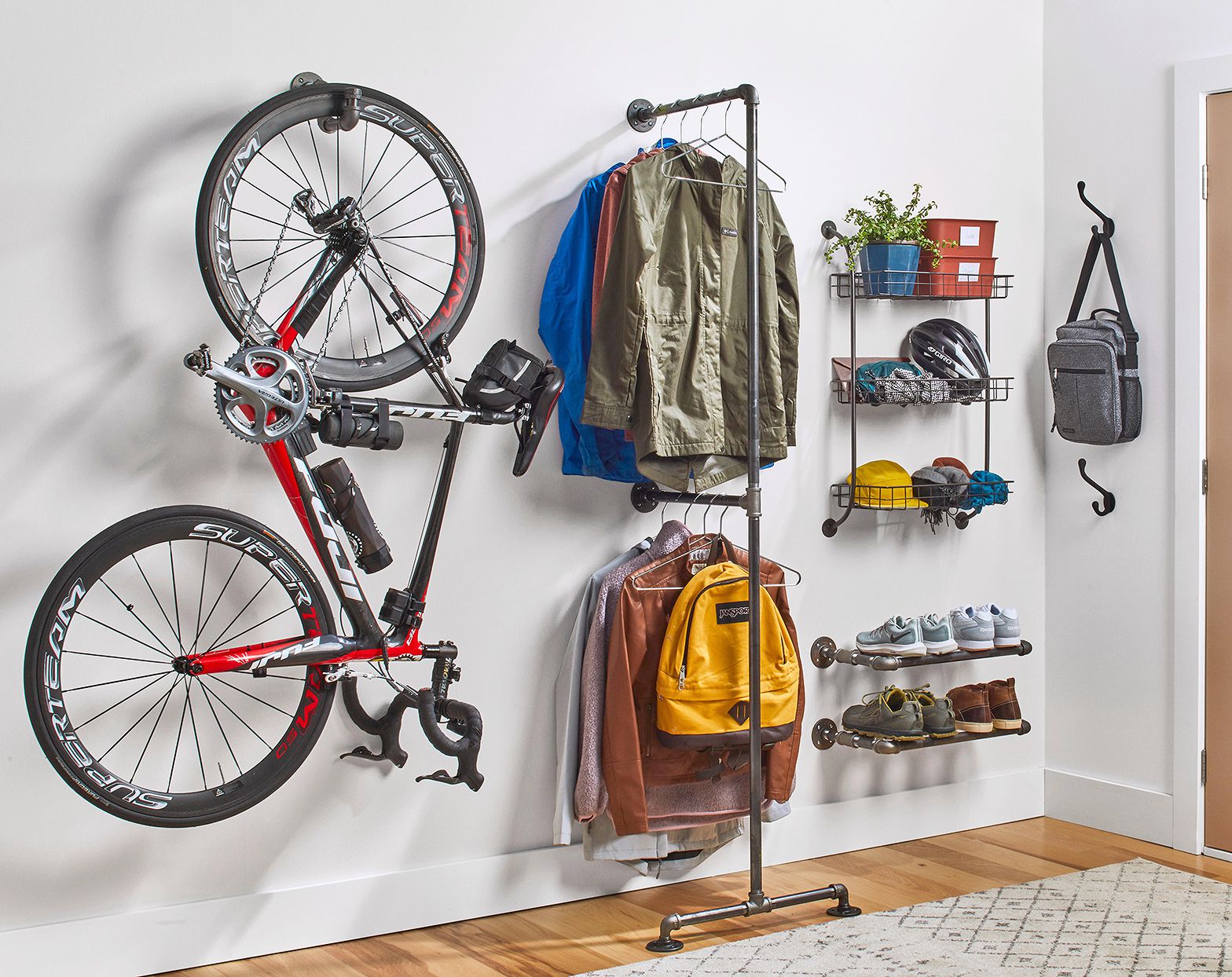
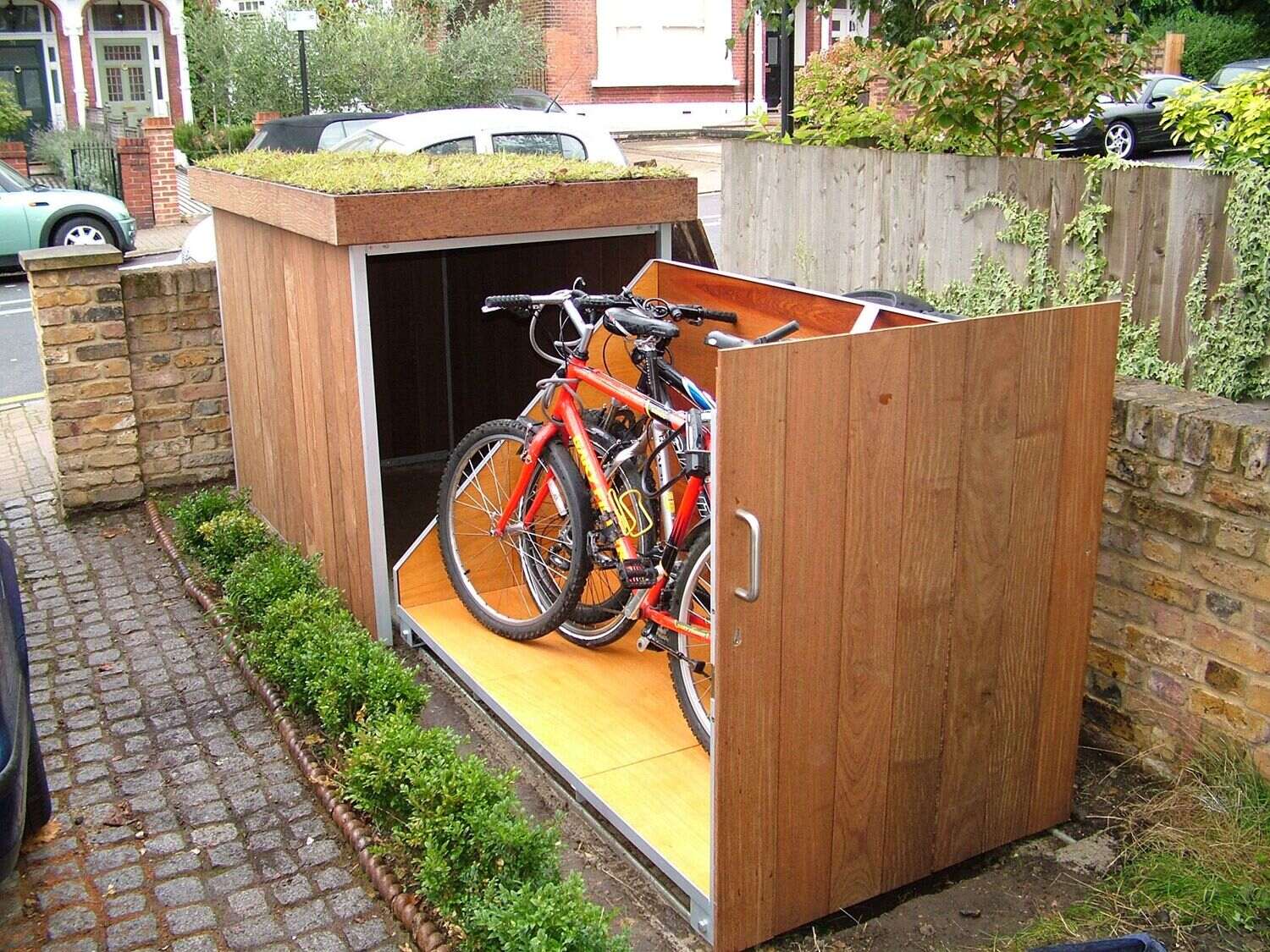
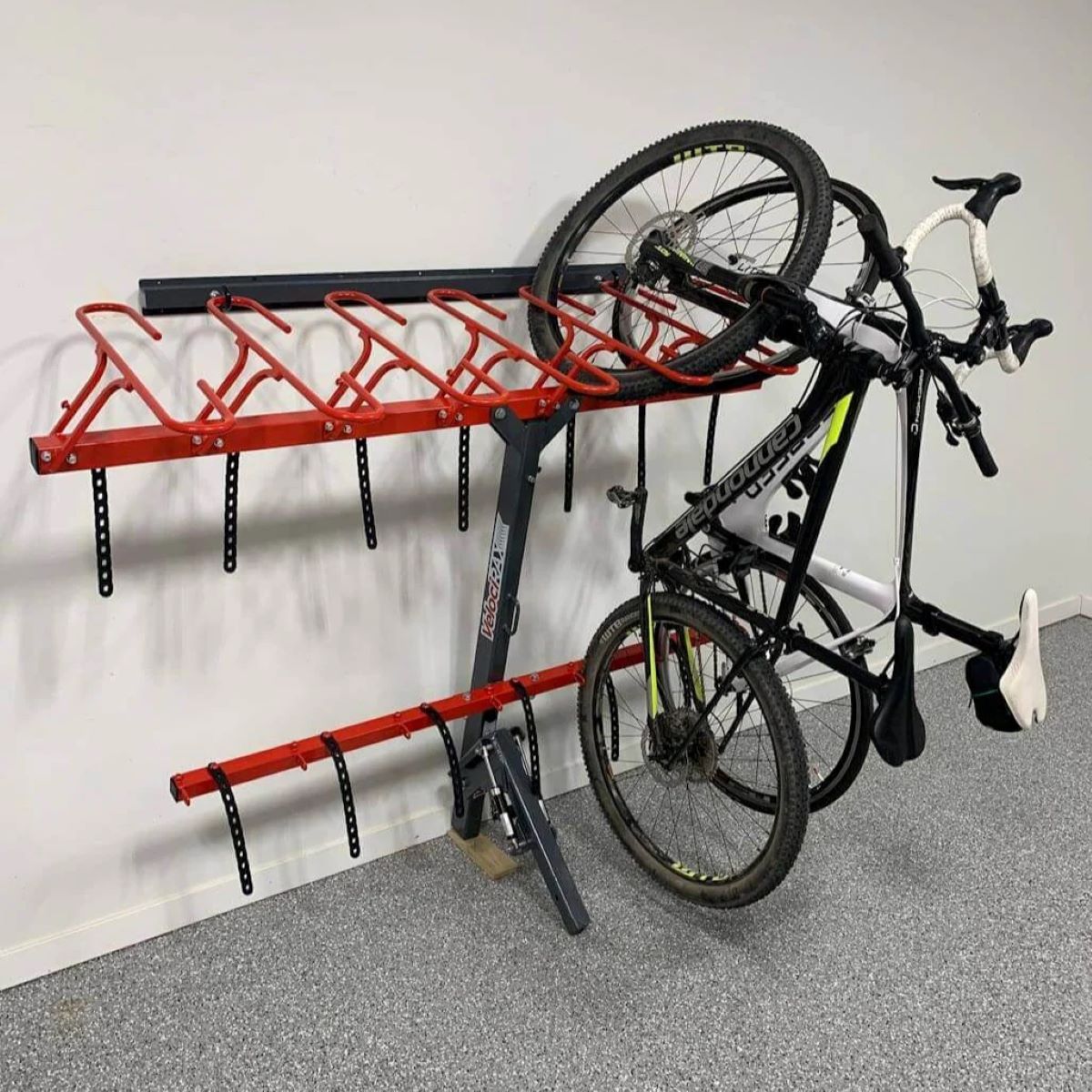
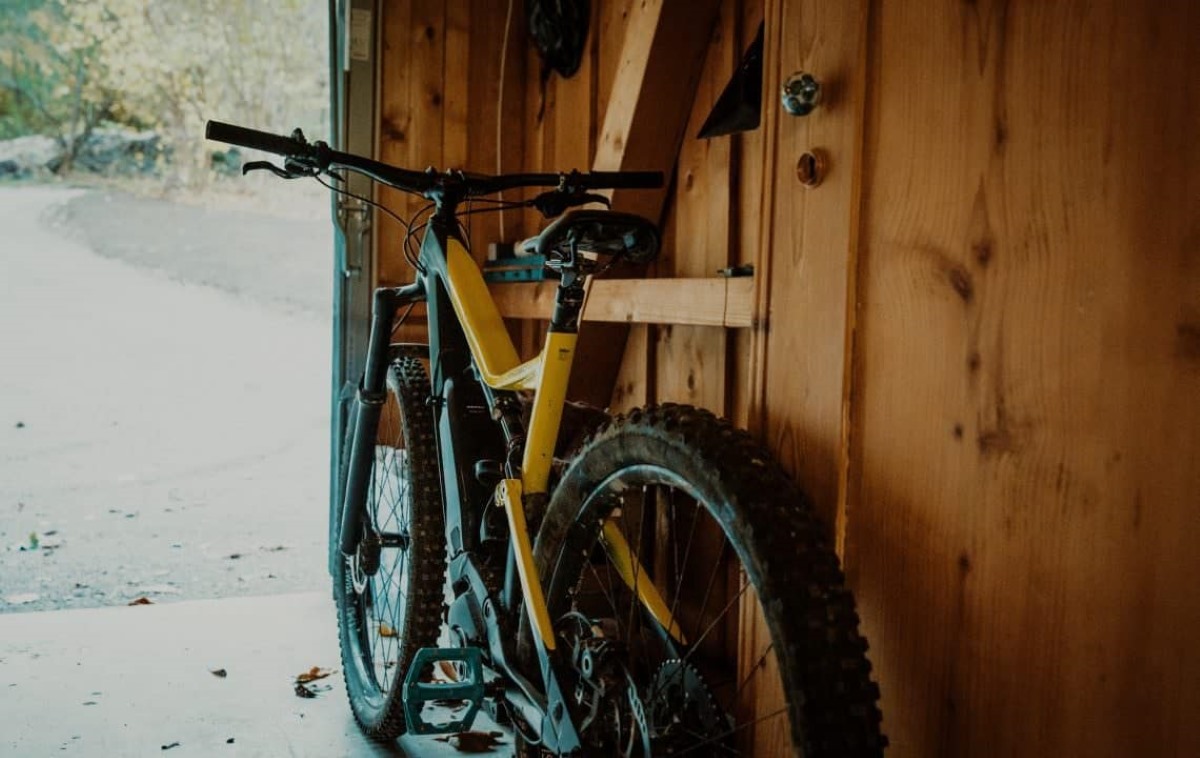

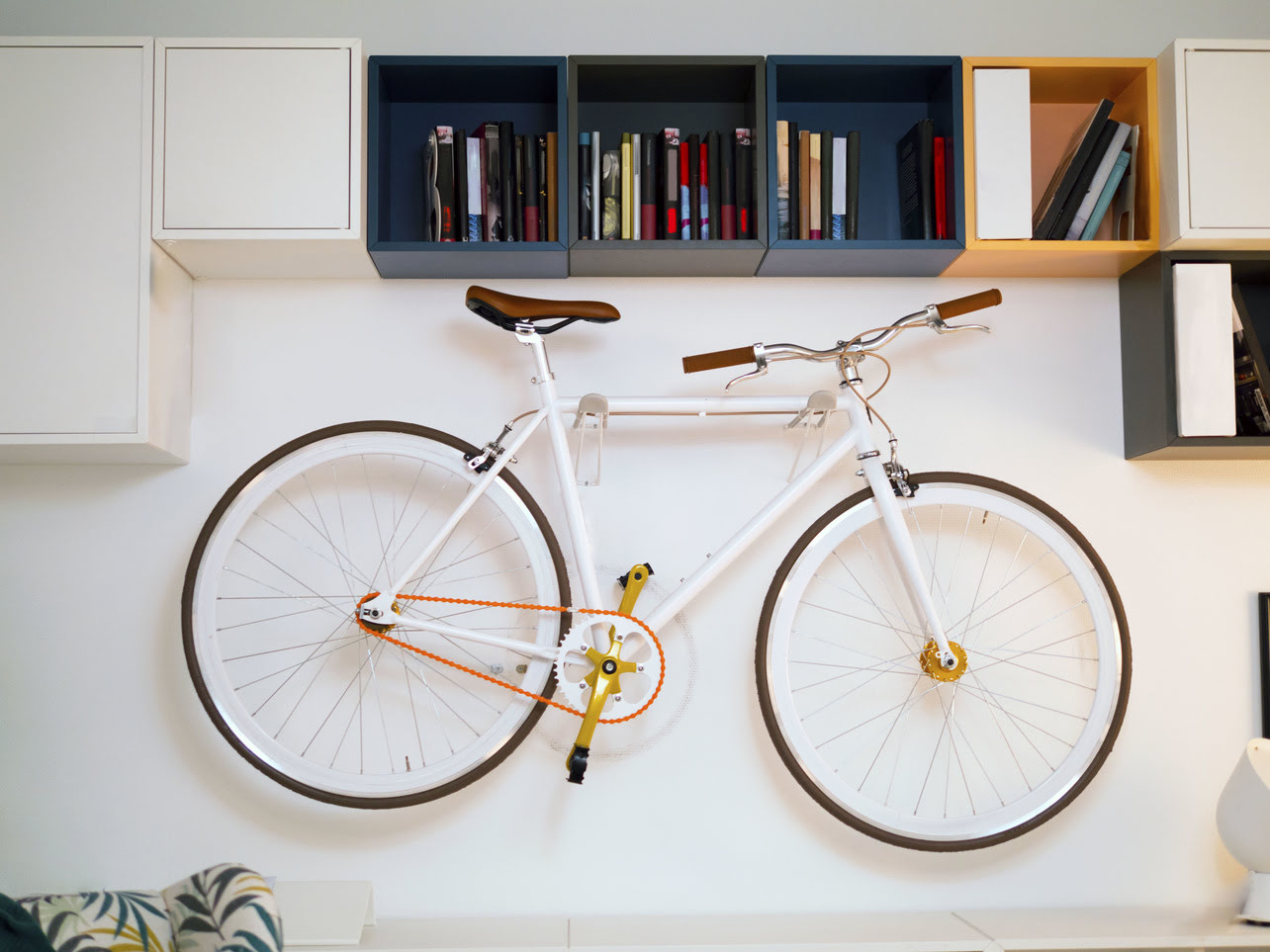
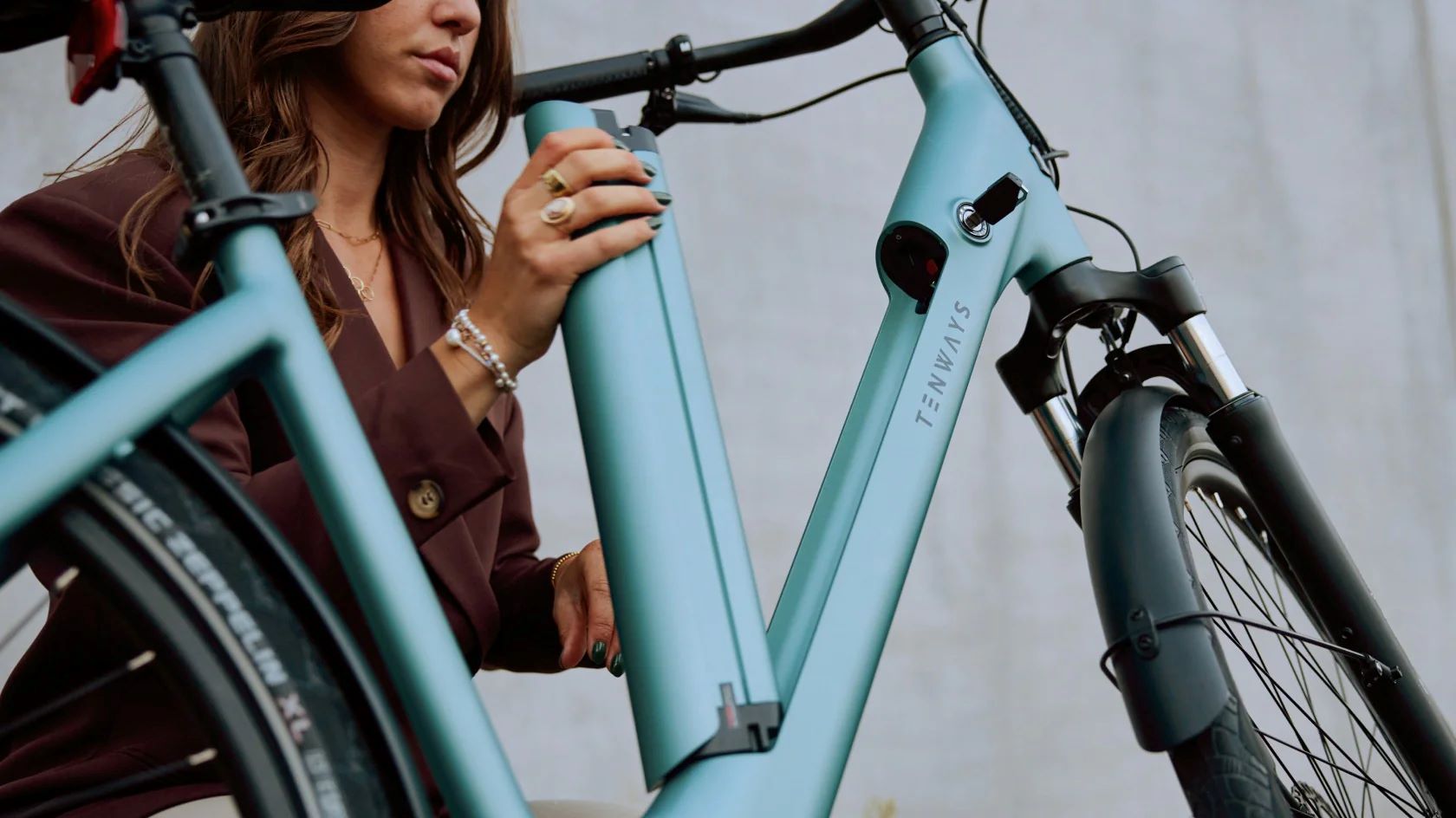
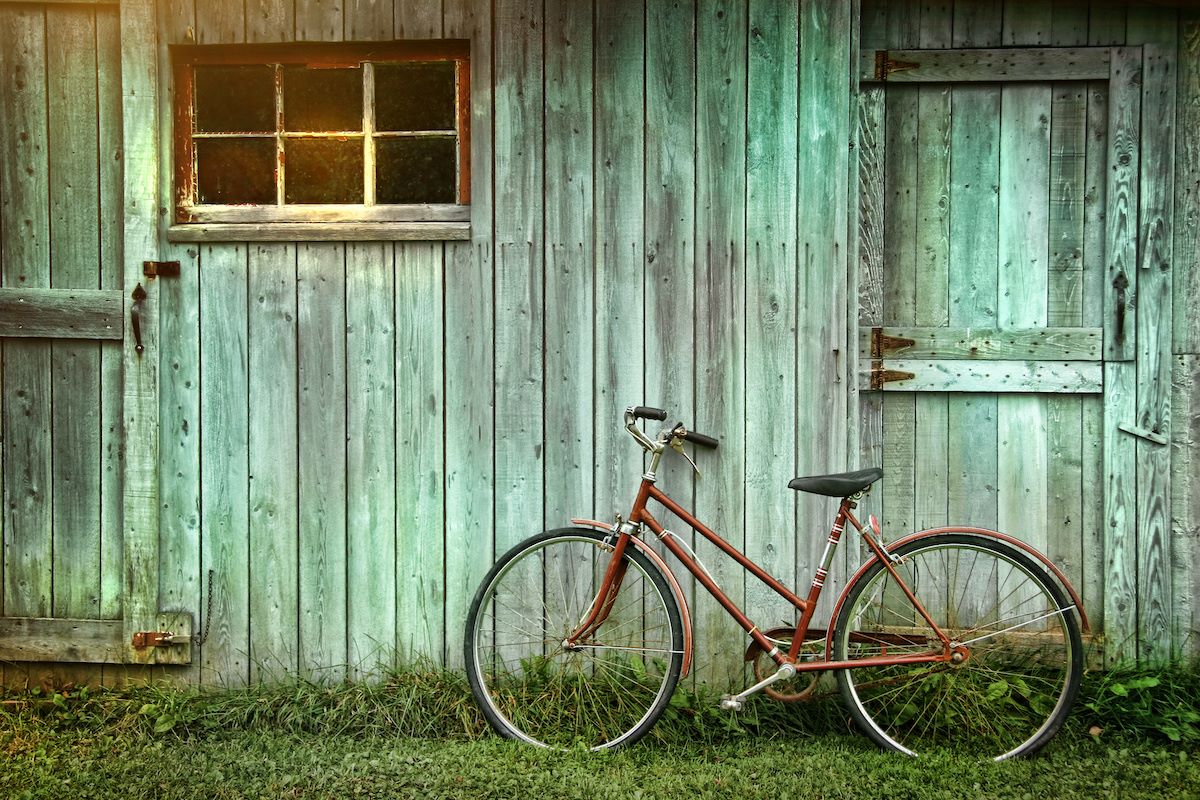
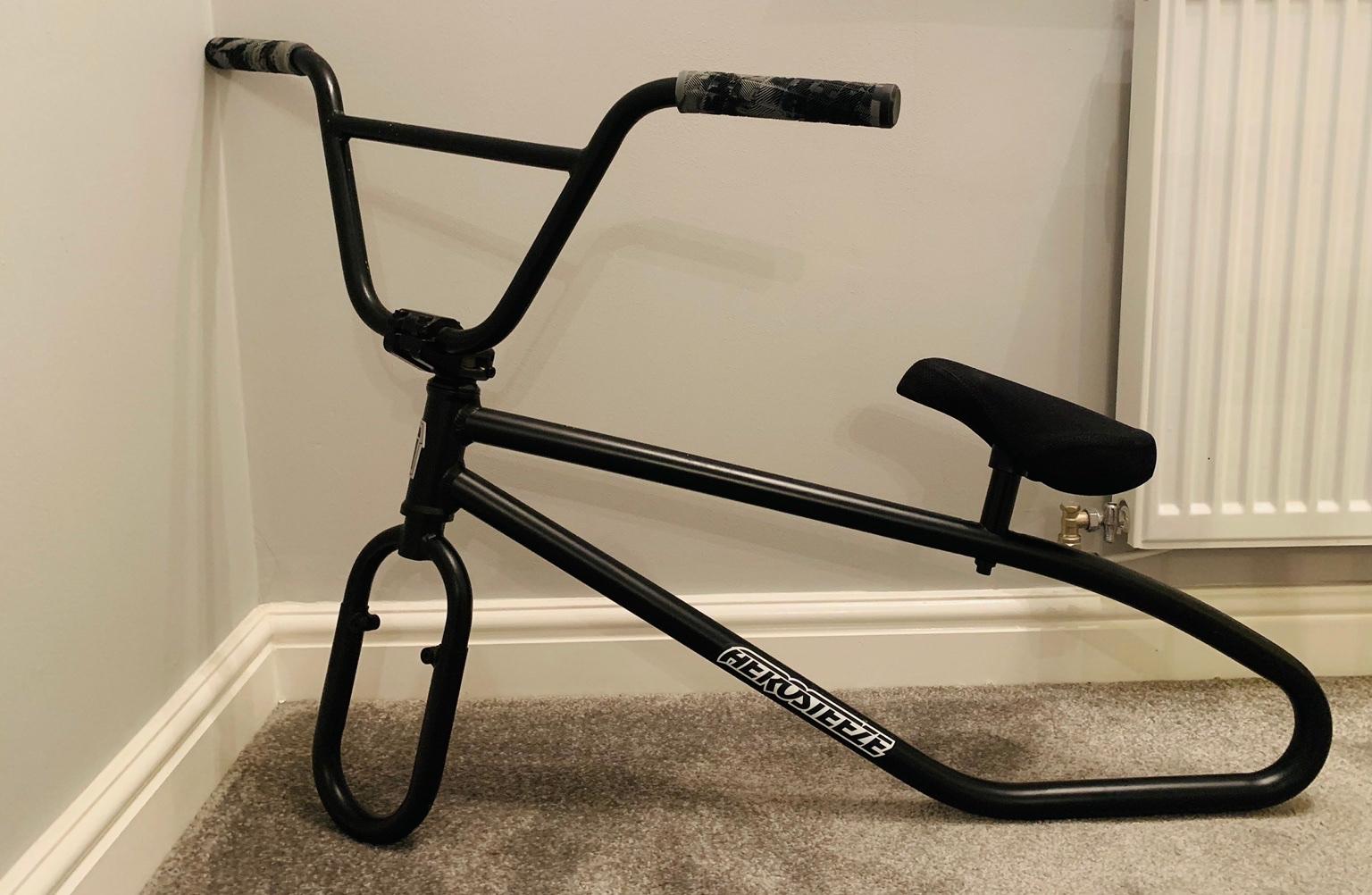
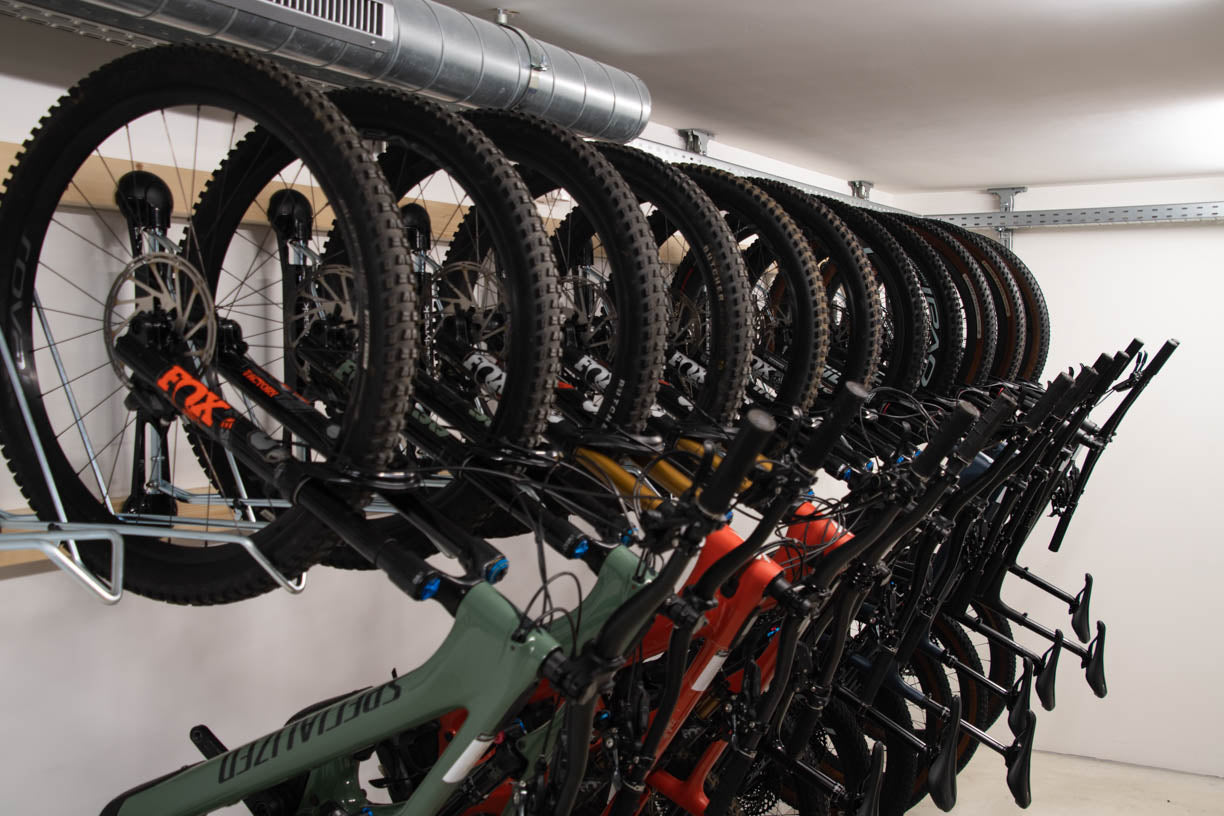
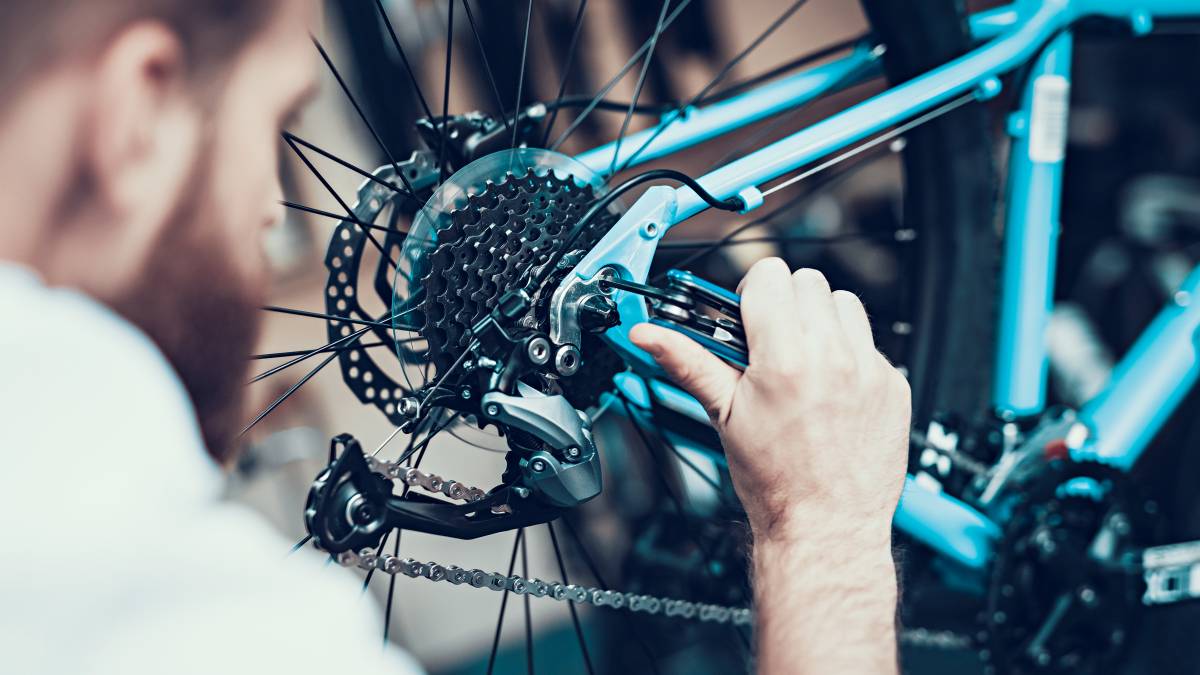
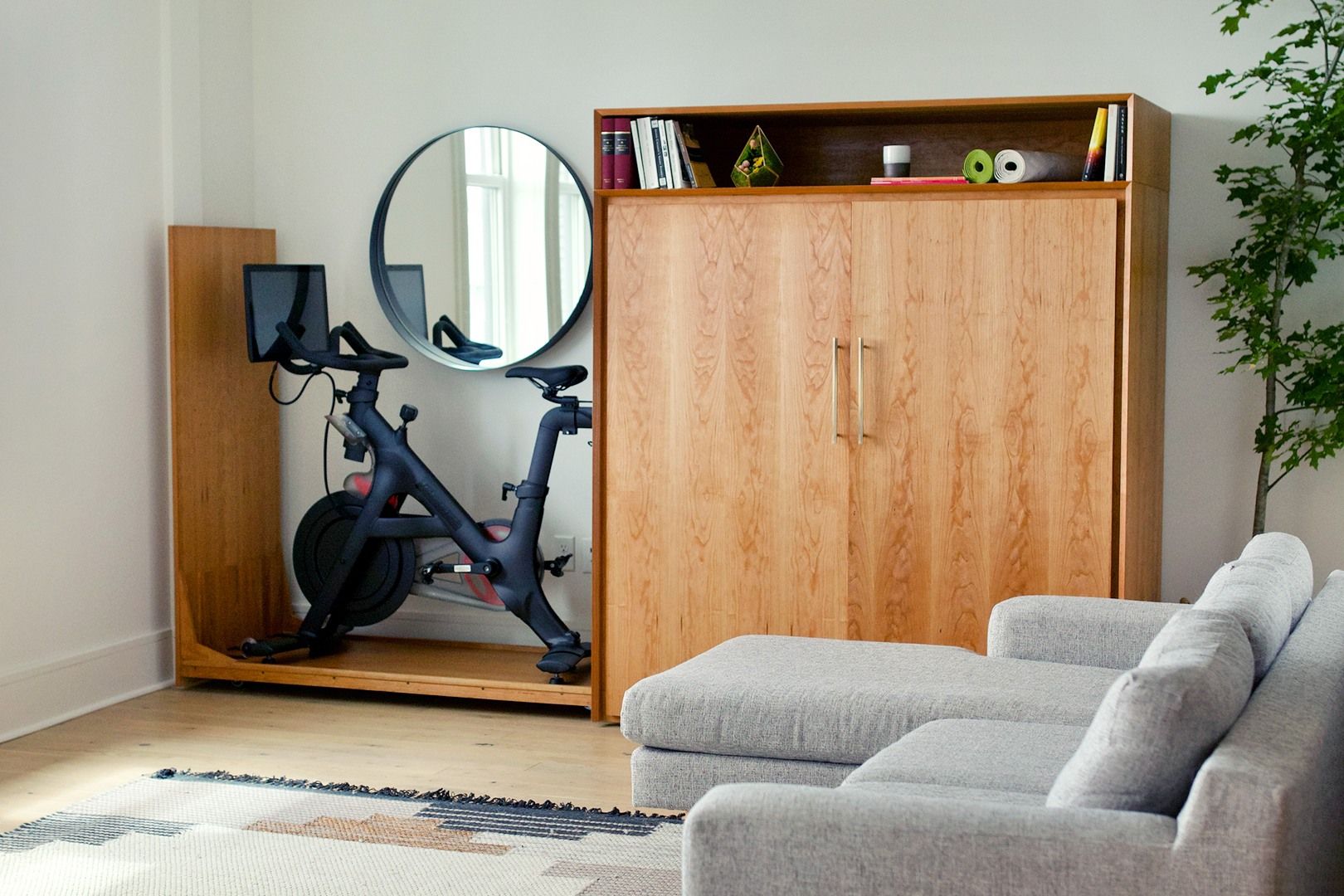
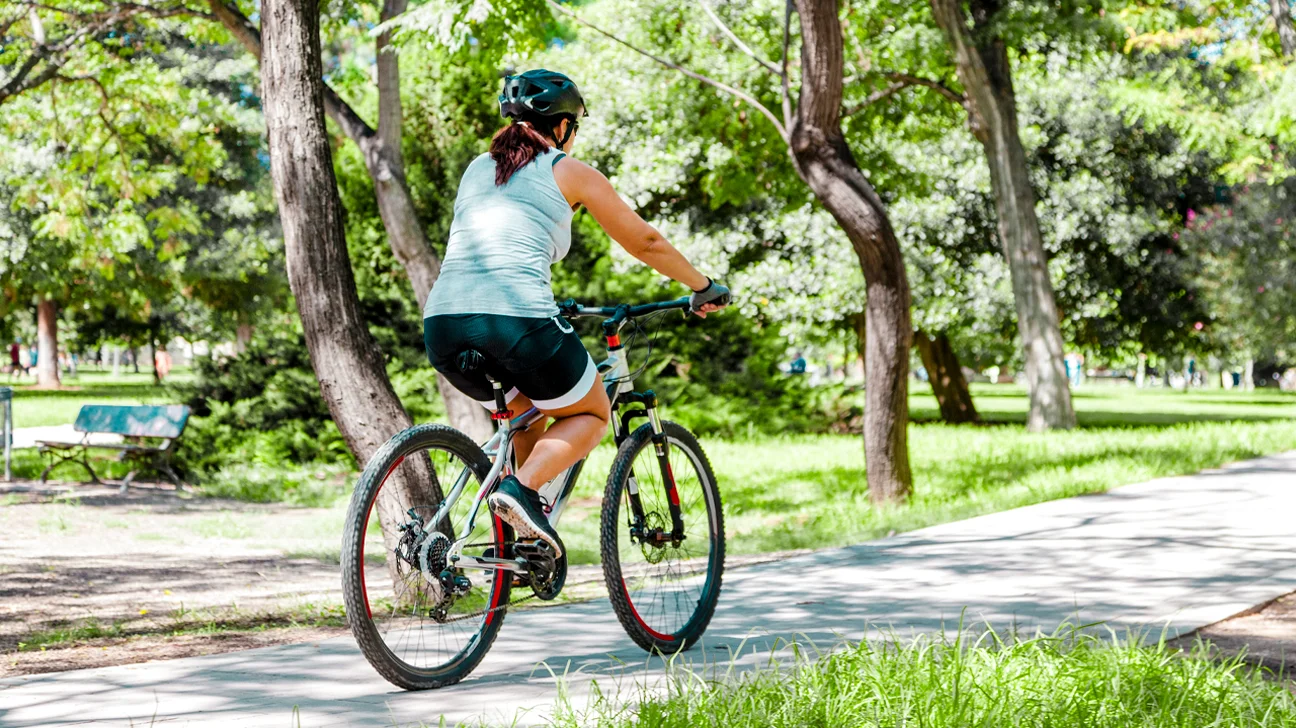
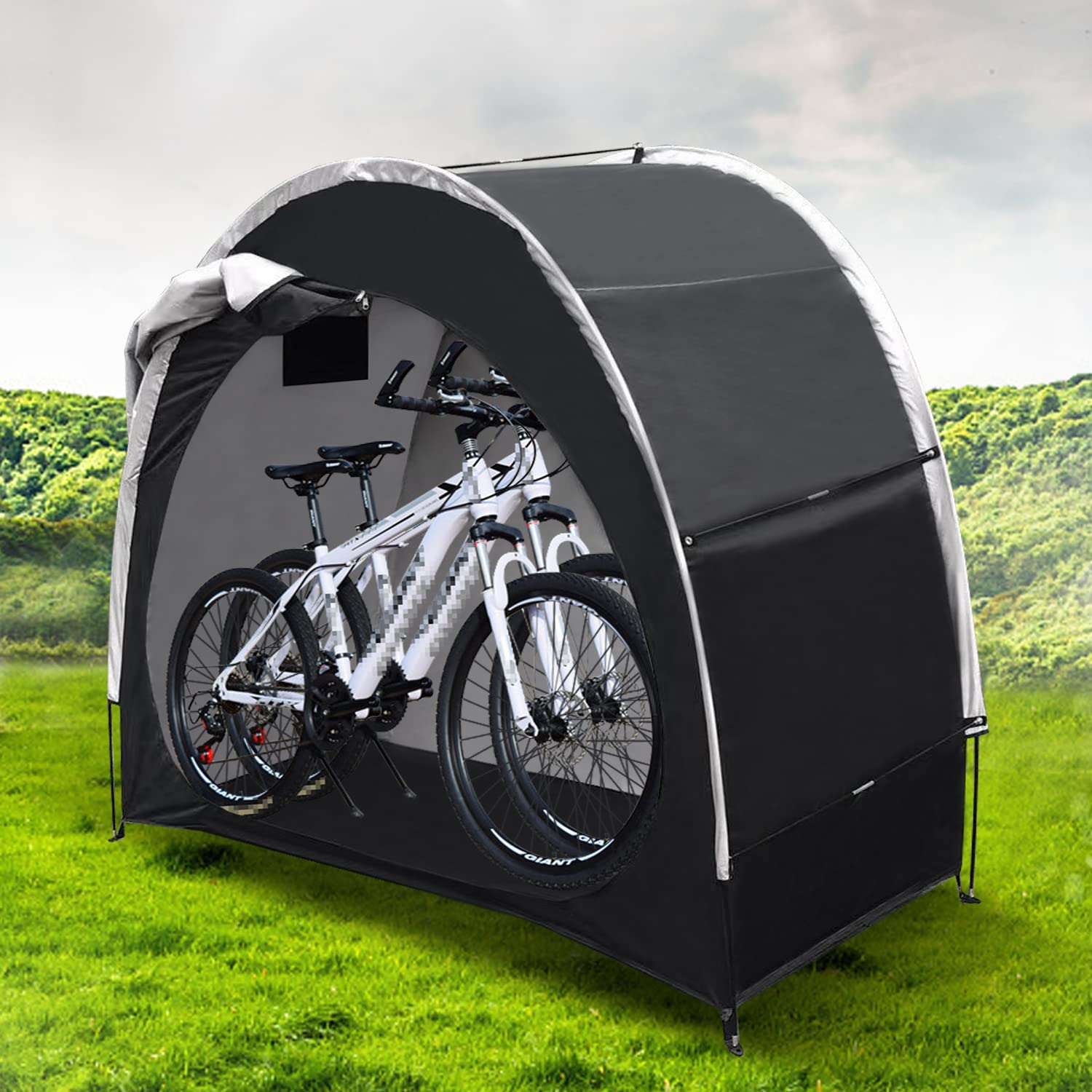

0 thoughts on “How To Store A Bike”